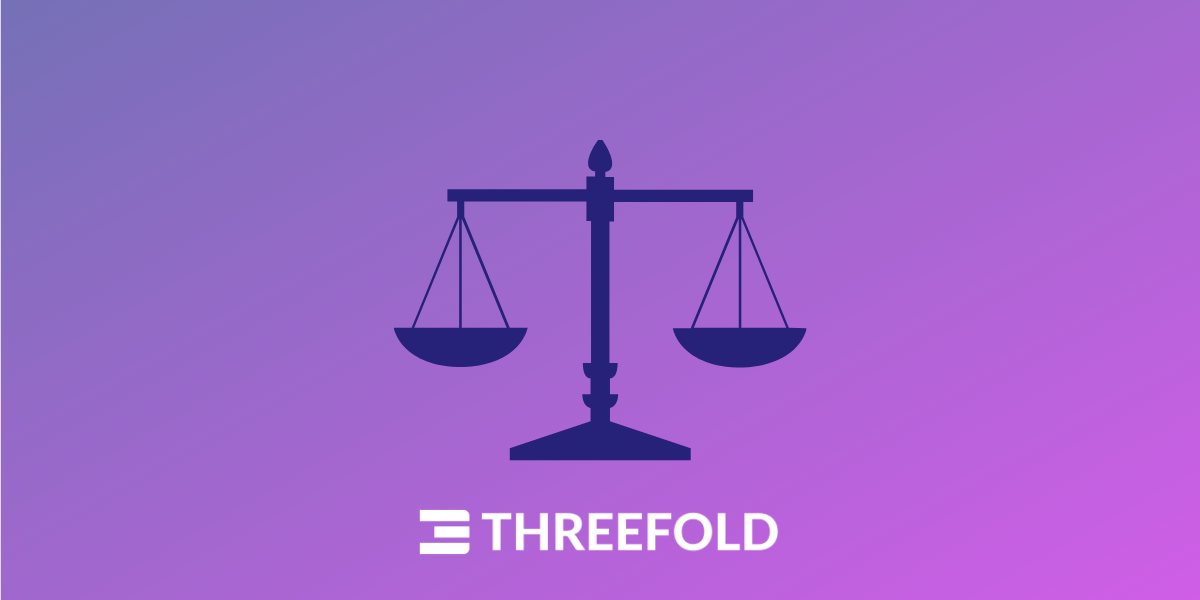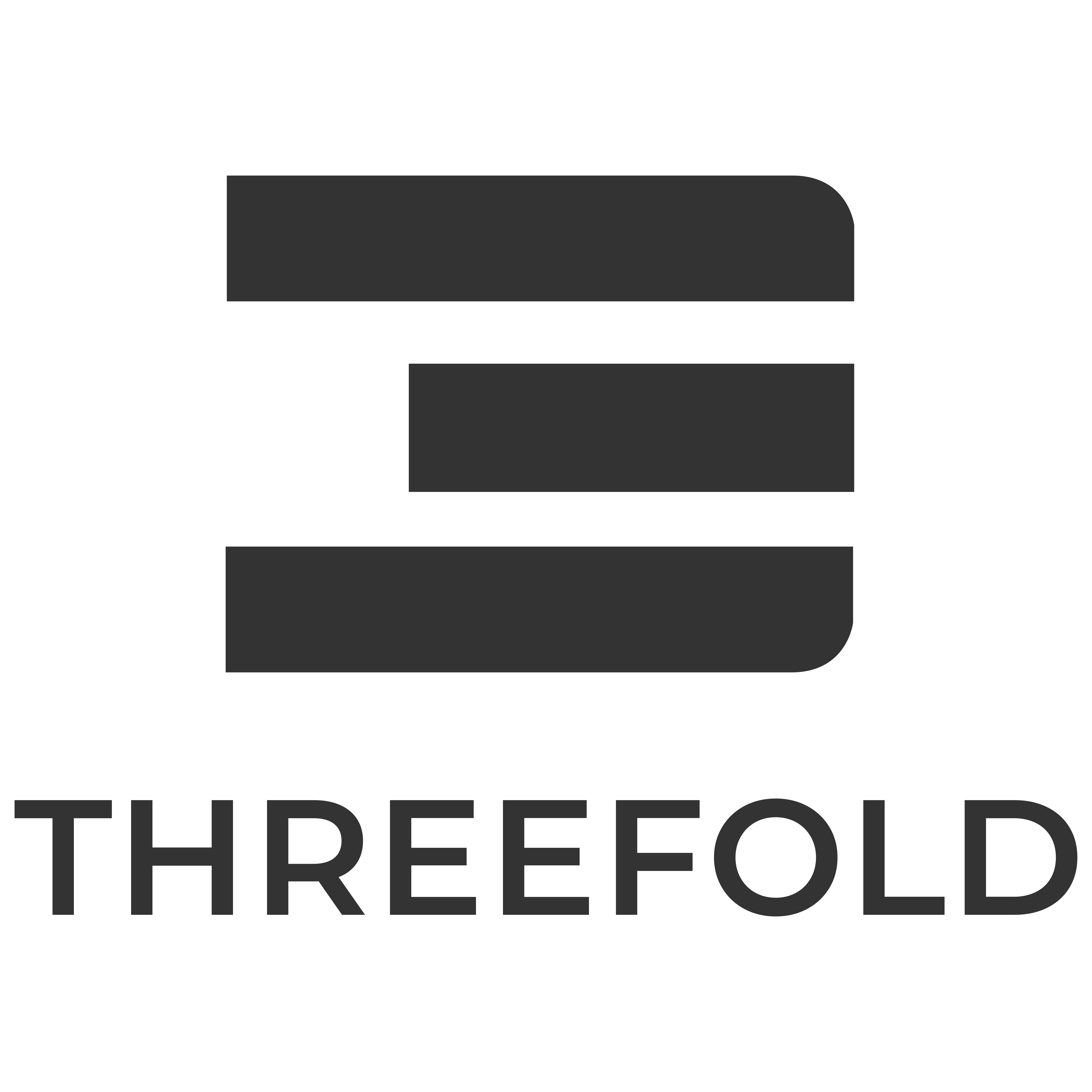The need for ThreeFold's neutral internet
The Internet is no longer the neutral place it used to be. +80% of the Internet capacity is delivered by a handful of companies.

**The Internet is growing like crazy and is now a trillion dollar problem. Together we can build a new neutral Internet.**
🔗An introduction to the problems
- The Internet is no longer the neutral place it used to be. +80% of the Internet capacity is delivered by a handful of companies. This results in a loss of neutrality and openness and breeds inequalities.
- To support the continuous growth of the Internet and connect billions to new Internet Of Things devices, 400 million new servers are needed by 2020. The world therefore needs another 4,000 large-scale data centers that each consume 200 MWe of electricity: see source.
- Today, about 4 billion people have no access to the Internet due to the high costs of connectivity and capacity. We believe these people have the fundamental right to have low-cost access to digital resources such as online identity solutions, education, health information and more. For this to happen, solutions that can lower the cost by a factor of 10 are required.
- Bandwidth does not follow Moore’s law. The growth of bandwidth required is much higher than the speed at which new capacity can be delivered. This is even more important in emerging markets.
- Current blockchain technology is not scalable and not sustainable. Example: the Bitcoin blockchain alone uses more energy today than Croatia.
🔗Current Internet and Cloud capacity
Today, the cloud computing industry represents a 100 billion dollar industry - mostly owned by about 20 global cooperations. Experts such as Bell Labs and Cisco believe the capacity requirements in the next decade will dramatically exceed existing infrastructure - requiring many more data centers and billions, if not trillions in investments.
The spectacular growth and advancements in cloud computing that occurred over the last decade resulted in large part from “hyper-scale” efficiencies - i.e. centralizing Internet infrastructure in very large billion dollar data centers. However, demand for Internet capacity already surpassed the available infrastructure with emerging technologies such as Big Data, the Internet of Things (IoT) and Artificial Intelligence (AI) Technology. The existing hyperscale cloud architecture cannot cope with this growing demand as the requirements for land, power and funding are becoming outrageous.
The challenges facing the Internet includes the following:
- Trillions of Investment Required. In the next decade, the global Internet infrastructure requires another 4,000 data centers (250M - 1B dollar investment each) to meet demand which would cost trillions - this money could be better used in education, healthcare, or sustainable innovations.
- Impossible to scale the networks connecting users to the hyperscale data centers. Since hyperscale data centers are built in large “central” locations, the network leading to these data centers is congested. Even more, remote regions that are less connected to the Internet cannot benefit from these data centers’ IT services.
- Non-local data and capacity. Governments around the world are becoming more and more concerned about data leaving their borders. To tackle this centralization issue, they would need local IT infrastructure. Also, IoT workloads need local capacity to deliver constant real-time computing and storage requirements - for certain applications and workloads (e.g. driverless cars), latency is not an option. Hyperscale data centers can simply not match these requirements.
- Not secure / at risk of choke point failures. There are plenty of recent well-publicized problems around security, outages and loss of data. The reason for this is that centralized hyperscale architectures are inherently insecure - and failures at a single hyperscale location can cause widespread contagion and outages.
🔗The ThreeFold Solution
Our solution to these trillion dollar problems is to migrate Internet capacity to the Edge (closer to user location) - i.e. a “hyper-distributed” network architecture, located close to users (in cities, schools, offices, homes and even vehicles).
Edge networks will not necessarily replace the existing hyperscale capacity powering today’s cloud - rather, they will scale to meet the increased capacity demands going forward. However, if the current hyperscale capacity can be decentralized to improve energy consumption and reduce costs, this would be a huge global success.
By 2025, 60% of new Internet infrastructure will be decentralized and located at the edge of operator networks by using alternative locations which have stable (renewable) power and reliable connectivity.
🔗ThreeFold’s technology main benefits:
- Security: The ThreeFold Grid is distributed and benefits from our ItsYou.Online identity management platform - making it much more secure.
- Decentralized: The solution enables to bring capacity closer to where users are located, enabling a Cloud at the Edge.
- Sustainability: The technology removes the need to build huge power hungry datacenters and by decentralizing the architecture enables up-to 1000% energy savings.
- Making IT a true utility: We always approached IT as Energy. Today we provide 3x more uptime and between 3-10x more cost effectiveness.
- Neutrality: The solution enables 100% neutral & private Internet IT capacity. Our blockchain technology provides security, neutrality & scale.
🔗The ThreeFold Zero-Node
The Zero-Node provides compute, network and storage capacity to the internet and ThreeFold’s blockchain. This capacity can be used for any possible workload. Here are some characteristics of ThreeFold’s Zero node:
- Modularity: Scaling from 8 vCPUs and 3.5 TB of storage (smallest) to clusters with 8000 vCPUs and 2 PB of storage (large), there is a range of possibilities at hand.
- Sustainability: Storing the hardware uses about 10x less energy, and about 2-3x for other workloads.
- Decentralized: The Zero Operating System (“Zero OS”) is ideally suited for Edge networking - where automation, self-healing and hyper-distribution are must-haves.
- The Zero-Nodes are deployed as close as possible to the consumers of Internet IT capacity (IoT, residential, business, government, education, …).
- This results in massive bandwidth savings, we estimate to be able to keep 99% of the required bandwidth locally which has a huge impact on cost.
- This is the only viable solution to be able to provide internet to the 3.2 billion people waiting.
- Self healing: The architecture is designed to ensure that workloads and data can be accessed at all times.
- Neutral & private: A lot of work has done using blockchain (technology which powers crypto currency) to guarantee privacy and net neutrality.
- Designed around simplicity to be used by everyone.
- The technology provides anyone with the autonomy to deliver complex IT applications without the need for complex integration services.
- Empowers equality: Our technology should be usable by the “other billions” that remain unconnected. Due to the low cost-points, low energy requirements and reduced need of backbone network capacity.


